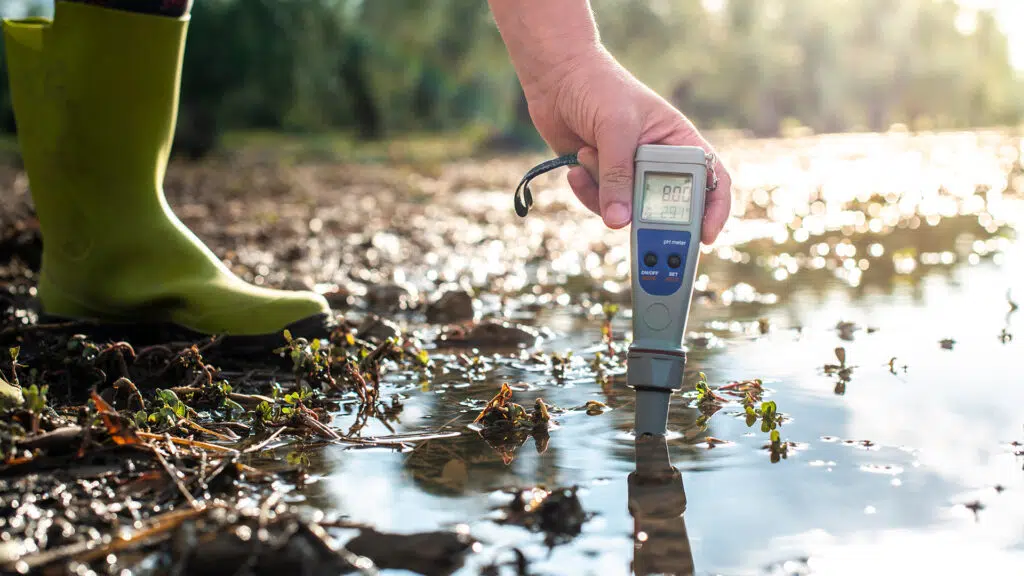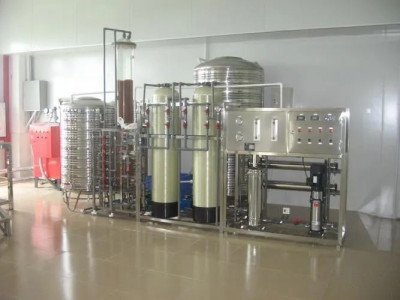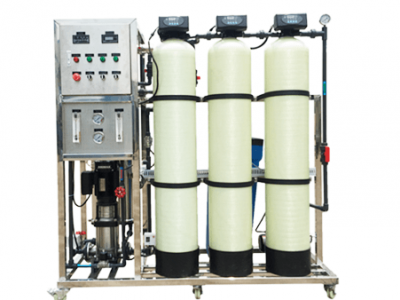1、Organic chemical indicators
Dissolved oxygen (DO for short)
Dissolved oxygen (DO) refers to the molecular oxygen (O2) dissolved in water. The content of dissolved oxygen in water is related to factors such as atmospheric pressure, water temperature and salt content. A decrease in atmospheric pressure, an increase in water temperature, and an increase in salinity can all lead to a decrease in DO content. Generally clean rivers, DO can be close to the saturation value of its temperature, when there is a large number of algal blooms, dissolved oxygen may be oversaturated; when the water body is contaminated by organic matter, inorganic reducing substances, it will make the dissolved oxygen content is reduced, or even tend to zero, when the anaerobic bacterial reproduction is active, water quality deterioration. When the dissolved oxygen in the water is lower than 3~4mg/L, many fish have difficulty in breathing and die of suffocation. Dissolved oxygen is one of the important indicators of water pollution.
Chemical oxygen demand (Chemical oxygen demand abbreviated COD)
Chemical oxygen demand refers to potassium dichromate (K2Cr2O7) or potassium permanganate (KMnO4) as an oxidizing agent, oxidation of reductive substances in the water to consume the amount of oxidizing agent, the results converted to the amount of oxygen (mg / L). Reducing substances in water include organic matter and nitrite, sulfide, ferrous salts and other inorganic substances. The COD reflects the extent to which the water is polluted by reducing substances. Based on the fact that it is common for water bodies to be polluted by organic matter, this indicator is also used as one of the comprehensive indicators of the relative content of organic matter, and it is adopted as a control item in various decrees related to water quality. Note: China’s promulgation of environmental ground water quality standards (1988), the COD value measured by acidic potassium dichromate method called chemical oxygen demand, (CODCr for short), and the COD value measured by potassium permanganate method called permanganate index, (CODMn for short).
Permanganate index, oxygen consumption (CODMn)
The permanganate index, also known as oxygen consumption, is a common indicator of organic and inorganic oxidizable material pollution in water bodies. It is defined as: under certain conditions, oxidizing certain organic and inorganic reducing substances in water samples with potassium permanganate, and calculating the equivalent amount of oxygen from the amount of potassium permanganate consumed. It reflects the amount of suspended and dissolved inorganic and organic matter in the water that can be oxidized by potassium permanganate. The permanganate index was also known as the potassium permanganate method of chemical oxygen demand (COD) in previous water quality monitoring analyses. However, because of this method in the specified conditions, organic matter in water can only be partially oxidized, and is not the theoretical oxygen demand, but also not reflect the total organic content of the water body in the scale, therefore, the term permanganate index as an indicator of water quality, in order to differ from the potassium dichromate method of chemical oxygen demand, more in line with the objective reality. CODcr is generally 2 to 5 times the CODMn, and the data we obtained in practice are basically the same. CODcr is generally 2 to 5 times of CODMn, and the data we get in the actual work are basically in this range.
Biochemical oxygen demand (Biochemical oxygen demand referred to as BOD)
Biochemical oxygen demand refers to the amount of dissolved oxygen in the conditions of dissolved oxygen, aerobic microorganisms in the decomposition of organic matter in the water in the process of biochemical oxidation of the amount of dissolved oxygen consumed. At the same time also includes such as sulfide, ferrous and other reducing inorganic substances such as oxidation of oxygen consumption, but this part usually accounts for a small proportion. Aerobic decomposition of organic matter under the action of microorganisms is generally divided into two stages. 1) carbonaceous material oxidation stage, mainly carbonaceous organic matter oxidized to carbon dioxide and water; 2) nitrification stage, mainly nitrogen-containing organic compounds in the nitrifying bacterial decomposition under the action of nitrite and nitrate. About 5-7 days after the significant. Therefore, the current commonly used 20 ℃ five-day incubation method (BOD5 method) to determine the BOD value generally does not include the nitrification stage.BOD is to reflect the degree of organic pollution of the water body is a comprehensive indicator, but also the study of wastewater degradation of biochemical and biochemical treatment effect, as well as biochemical treatment of wastewater process design and kinetic research in the important parameters.
Total Phosphorus (TP for short)
Total phosphorus is the main indicator for controlling eutrophication of water bodies. The total amount of various forms of phosphorus in water that can be oxidized into phosphate by strong oxidizing substances. Phosphorus is a nutrient element for plant growth and essential for life. If the phosphorus in the water exceeds the critical concentration, it will stimulate the growth of aquatic plants, so that “algal bloom” occurs, resulting in eutrophication of the water body. Phosphorus enters water bodies through a number of different pathways, such as the discharge of wastewater containing phosphorus compounds, surface runoff from agricultural fields, and livestock farms. In recent years, the use of phosphorus-containing detergents and other daily phosphorus-containing substances has also increased phosphorus emissions.
Ammonia nitrogen (NH3-N for short)
Ammonia nitrogen in water is nitrogen in the form of free ammonia NH3 (also called non-ionic ammonia) and ionic ammonia NH4+. For surface water, the determination of nonionic ammonia is often required. The ratio of the composition of the two is determined by the pH and temperature of the water; when the pH is high, the proportion of free ammonia is higher, and vice versa for ammonia salts. Ammonia nitrogen in water mainly comes from the decomposition products of nitrogenous organic matter subject to microbial action in domestic sewage, industrial wastewater such as coking and ammonia synthesis, as well as farmland drainage. When the content of ammonia nitrogen is high, it is toxic to fish and harmful to human beings in different degrees.
Total Nitrogen (TN for short)
The total amount of various forms of inorganic and organic nitrogen in water. Including NO3-, NO2- and NH4+ and other inorganic nitrogen and protein, amino acids and organic amines and other organic nitrogen, calculated in milligrams of nitrogen per liter of water. It is often used to indicate the degree to which a water body is polluted by nutrients. The total nitrogen content of water is one of the most important indicators of water quality. Its measurement helps to evaluate the polluted and self-purifying status of a water body. When nitrogen and phosphorus substances in surface water exceed the standard, microorganisms proliferate, plankton grows vigorously, and eutrophication occurs.
Total Organic Carbon (TOC)
It is a comprehensive indicator of the total amount of organic matter in a body of water expressed in terms of carbon content. As the measurement of TOC adopts the combustion method, it can oxidize all the organic matter, which can better reflect the total amount of organic matter than BOD5 or COD.
Total Oxygen Demand (TOD)
It refers to the amount of oxygen needed to oxidize the organic matter in water during combustion, and the result is expressed in mg/L of O2. TOD can only reflect the amount of oxygen needed to turn almost all organic matter into CO2, H2O, NO, SO2…after combustion. It is closer to the theoretical oxygen demand value than BOD and COD.




